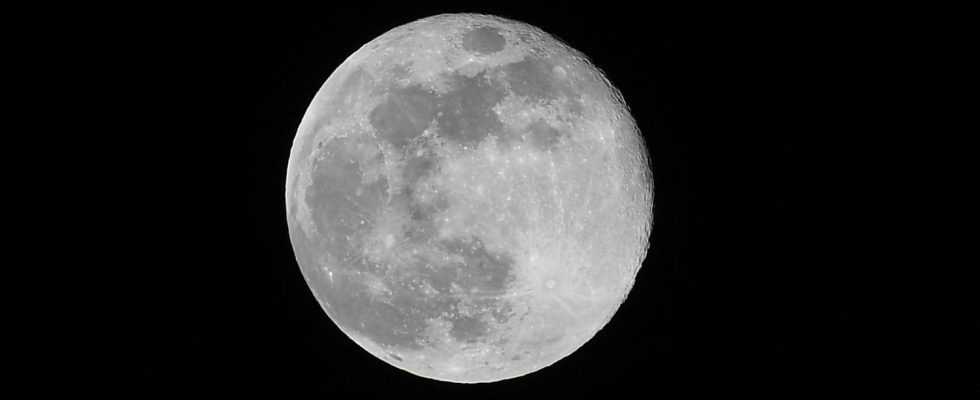NASA is worried: the seismic activity of the Moon could well cause real problems in the future for humanity and particularly interstellar missions.
The Moon, Earth’s natural satellite, has been the object of curiosity and fascination for thousands of years. The great age of the Moon, the eldest of the Earth, would make it the best way to understand the birth and evolution of our planet’s solar system. One of the most fascinating aspects of this billion-year-old satellite is that, from Earth, the Moon always reveals the same face. Indeed, the rotation of the Moon being equal to that of the Earth, it was impossible for centuries to know what was on the other side of the Moon. This is probably one of the questions that led humans to look for a way to get there. A feat achieved thanks to NASA’s Apollo missions which made it possible, in 1969, to send three astronauts to the Moon during the Apollo 11 mission.
In total, six similar missions took place, carrying humans to the satellite. During these trips, astronauts were able to bring back to Earth samples of different components of the Moon, such as rock, sand or dust, in order to study it. These elements provided important information on the formation and evolution of the Moon. Thanks to this knowledge and rigorous observation of the satellite, scientists have recently noted, not without concern, that the Moon is shrinking. An observation which is the subject of a study published in The Planetary Science Journal last January and written by scientists from the American Astronomical Union.
According to this study, the circumference of the Moon has shrunk by 45 meters since its core began to cool over the last hundreds of millions of years. According to the authors, the seismic activity of the Moon plays an important role in this shrinkage process. Scientists observed the creation of folds on the surface of the Moon, themselves created by the movement of faults inside the satellite. A phenomenon that causes lunar tremors. A phenomenon that also occurs on Earth.
If this phenomenon worries NASA a lot, it is because of the deformation of the ground which occurred on the surface of the satellite around the lunar South Pole. Or the precise location where the American agency plans to land the crew of the Artemis III space mission. This area was notably the epicenter of one of the strongest earthquakes recorded on the Moon by the Apollo mission. Generally speaking, although lunar tremors are occasional, they are particularly powerful and can last several hours.
This new study also established a link between seismic activity on the Moon and lunar landslides. Thomas R. Watters, one of the authors, explained in a statement: “Our modeling suggests that shallow lunar earthquakes, capable of producing strong shaking in the south polar region, may result from slip events on faults existing faults or the formation of new faults. Together, these elements create unsafe conditions for the NASA mission which has already had to be postponed to 2026 due to delays in the development of certain equipment.
